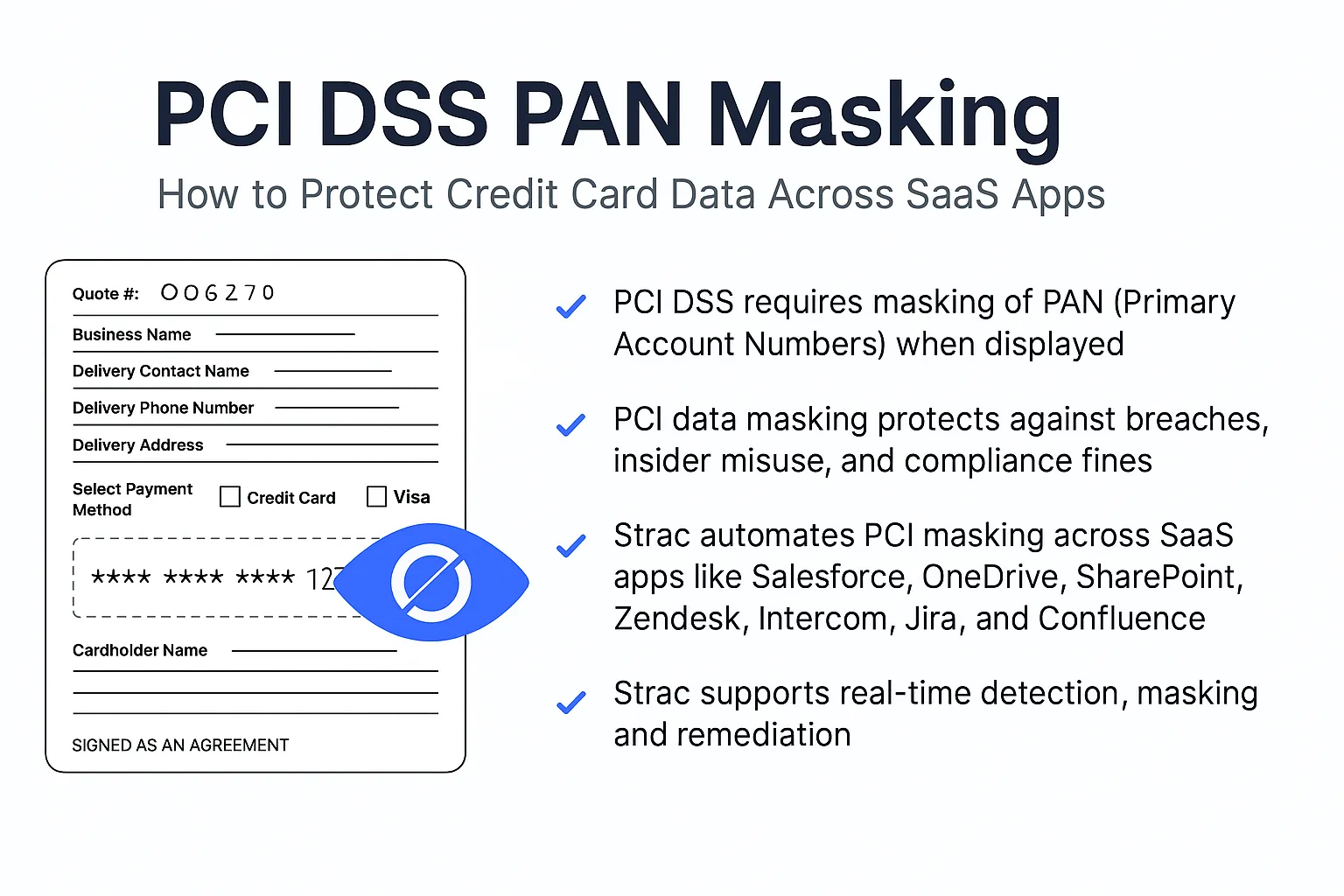TL;DR: Strac helps protect sensitive data in Jira with DLP
- Jira Software, developed by Atlassian, is a popular project management tool widely utilized in various industries. It offers robust issue tracking and commenting capabilities that makes it essential for maintaining regulatory compliance and safeguarding against insider threats.
- Strac Jira DLP (Data Leak Prevention) effectively identifies and conceals sensitive messages and files found within Jira issues and comments, ensuring their protection.
- Strac provides comprehensive audit reports for compliance, risk, and security officers to monitor and track access to specific messages.
- Protecting Jira accounts is crucial due to the ease of data sharing and collaboration within the platform.
- Strac's DLP measures mitigate insider threats, ensure regulatory compliance, and safeguard sensitive data within Jira.
- See our video demo below to learn about how Strac Jira DLP and redaction works

Understanding the importance of safeguarding sensitive data and the challenges it presents in Jira with DLP
With the ability to comment on issues, mention colleagues, and share pertinent information, Jira empowers teams to optimize their workflows, foster collaboration, and deliver top-notch software products. Hence, protecting your Jira account is of utmost importance, considering the ease with which data can be shared, collaborated upon, and exported within the platform. Here are key reasons why safeguarding your Jira account is crucial:
- Implementing Effective Access Controls in Jira for Sensitive Information Protection: Jira, a versatile project management tool, facilitates issue tracking and collaboration among various internal and external stakeholders. It is crucial to implement robust and fine-grained access controls to safeguard sensitive information within these issues. This ensures that only authorized personnel can access the sensitive data.
- Mitigating Insider Threats in Jira: It is essential to acknowledge that even trusted employees can unintentionally or intentionally contribute to data leaks. As Jira serves as a project management and collaboration tool for teams, the implementation of Data Loss Prevention (DLP) measures becomes crucial. DLP provides the necessary safeguards for secure collaboration within Jira, effectively mitigating the risk of data leaks. With Jira's seamless data sharing and export capabilities, DLP empowers organizations to maintain control over their data, preventing it from falling into the wrong hands.
- Ensuring Regulatory Compliance in Jira: Adhering to specific data protection standards is a requirement for various industries. Regulations such as the European Union's GDPR, which focuses on the handling of personal data, and the U.S.'s HIPAA, which governs the protection of health information, mandate strict compliance. Implementing a robust Data Loss Prevention (DLP) strategy becomes essential to meet these regulatory obligations and safeguard sensitive data within Jira. By leveraging DLP, organizations can effectively protect their data and ensure compliance with these regulations.
How Strac can assist in achieving compliance and safeguarding sensitive data in Jira with DLP
Strac Jira DLP (Data Leak Prevention) offers the following capabilities:
- Discovery of Sensitive Messages and Files: Strac Jira DLP App efficiently detects sensitive messages and files present in Jira issues and comments. By enabling Strac Jira App, you can receive timely notifications about these sensitive findings, allowing you to take appropriate action.
- Masking of Sensitive Messages and Files: Strac Jira DLP App protects sensitive information by redacting or removing them from Jira issues and comments. However, authorized users can still access and view these masked messages and files through the secure Strac UI Vault. This redaction experience effectively blocks sensitive Personally Identifiable Information (PII), Protected Health Information (PHI), PCI or any sensitive data from unauthorized access.
- Customizable Redaction Settings: Businesses have the flexibility to configure a specific list of sensitive data elements, such as Social Security Numbers (SSN), Date of Birth (DoB), Driver's License (DL) numbers, Passport details, Credit Card (CC) numbers, Debit Card information, API Keys, and more. Organizations can ensure that Strac Jira App redacts the identified sensitive data by specifying these elements. Compliance, Risk, and Security officers receive comprehensive audit reports, detailing who accessed specific messages, enhancing accountability and data protection.
For an extensive compilation of sensitive data items autonomously identified and masked by Strac, visit our platform. Additional details can be found in the following link: Catalog of sensitive data elements











.webp)














.webp)




.avif)


